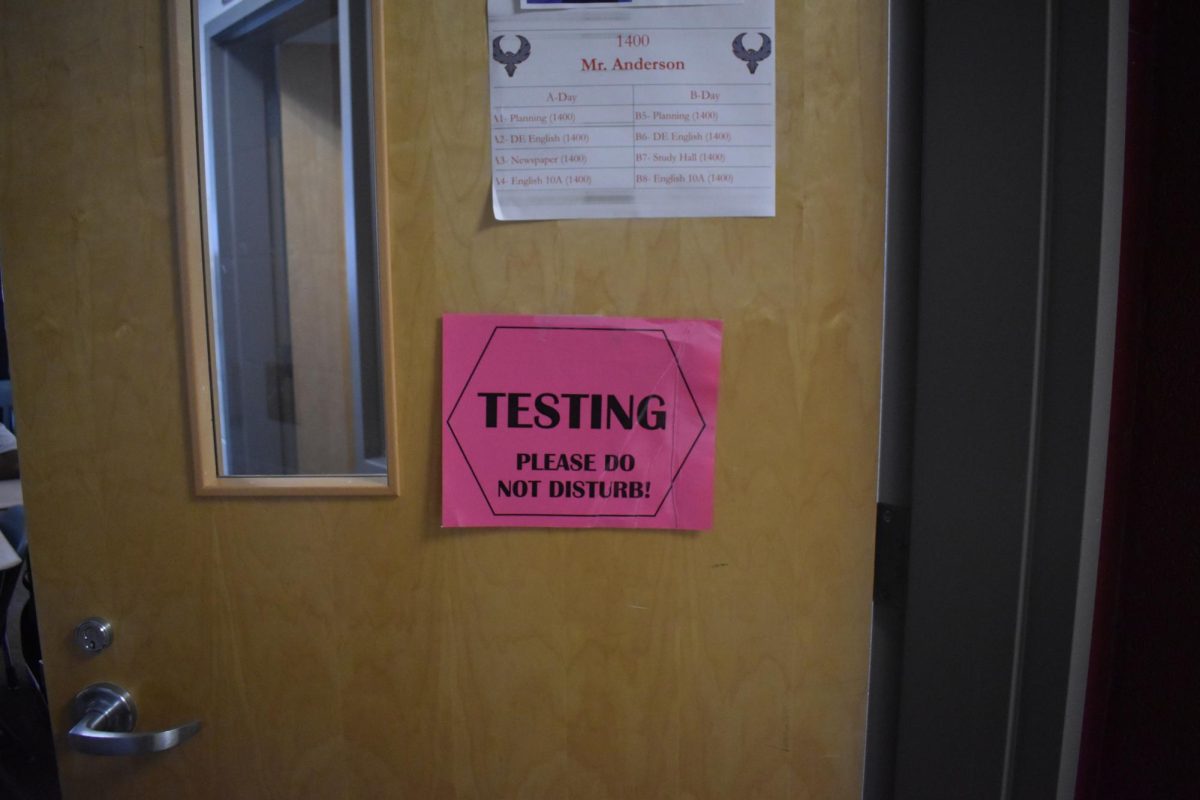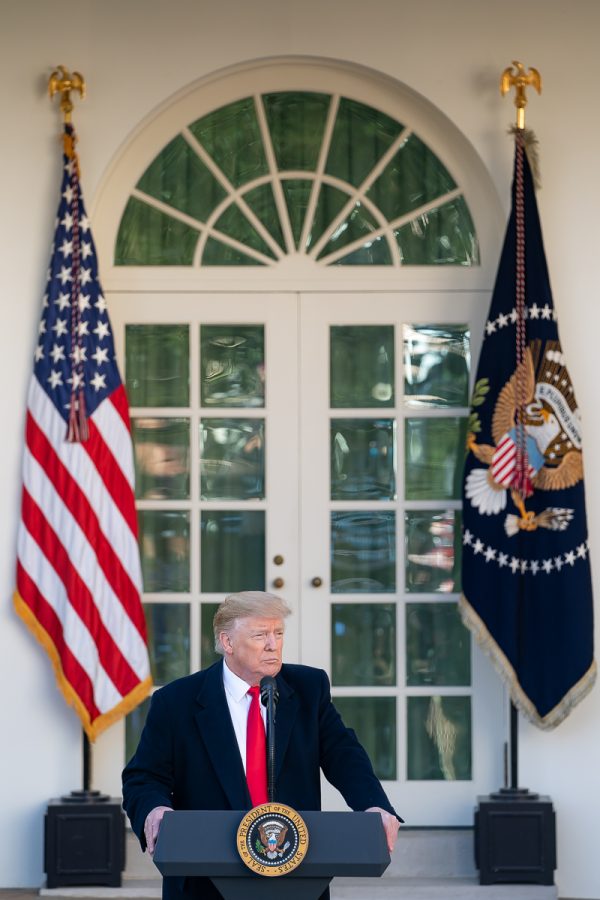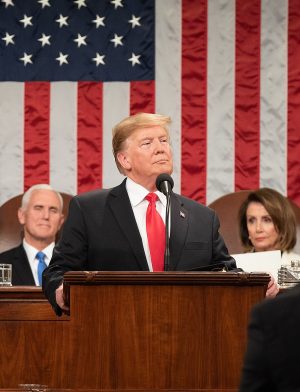Trump Signs Spending Bill; Declares a National Emergency
Attempting to circumvent Congress, Trump declares a national emergency in a move that is faced by numerous legal challenges
President Donald Trump delivers an address on the state of the government shutdown in the Rose Garden. On Jan. 25, Trump signed a bill to temporarily reopen the government. (White House/Tia Dufour)
March 5, 2019
On Feb. 14, President Trump signed a shutdown-evading funding bill into effect. The bill in question was highly contested by the president because it only included $1.4 billion for border wall funding — a drastic decrease from the $5.6 billion that the president had previously demanded.
However, Trump’s insistence on constructing a wall along the U.S.-Mexico prompted him to give an emergency declaration on the Rose Garden. In his announcement, the president remained consistent with his rhetoric saying, “[The border] is a major entry point for criminals, gang members, and illicit narcotics” and that it threatens “core national security interests.” The declaration of a national emergency gives Trump more control over money; the funding for the wall will reportedly be obtained from the military’s allotment.
In an exchange with reporters, Trump said that he expects the order to be challenged and taken to the Supreme Court. Congressional Democrats are wary of the possibility of executive overreach by the president. In a joint statement, House Speaker Nancy Pelosi and Senate Minority Leader Chuck Schumer said, “The President’s actions clearly violate the Congress’s exclusive power of the purse, which our Founders enshrined in the Constitution.”
In response, the president maintains that the ability to issue an emergency declaration was used by several former presidents, however, no former president had used an emergency declaration to move forward on issues that lacked Congressional support.
Additionally, Trump’s official proclamation had several disparities from the later statements he provided in the later news conferences; those inconsistencies are likely to be used in litigation. In his proclamation he said, “Because of the gravity of the current emergency situation, it is necessary for the Armed Forces to provide additional support to address the crisis.” However, in a later news conference, Trump spoke about the necessity of a national emergency saying, “I didn’t need to do it, but I’d rather do it much faster.”
Shortly after the president made the announcement, the American Civil Liberties Union announced that they would be filing a legal suit against Trump’s plan. ACLU Executive Director Anthony Romero said in a statement: “By the president’s very own admission in the Rose Garden, there is no national emergency. He just grew impatient and frustrated with Congress, and decided to move along his promise for a border wall ‘faster’.” He went on to say that the move was “a patently illegal power grab” that wrongfully circumvents the democratic system of checks and balances.
Additionally, California and 15 other states’ attorneys general have filed a lawsuit against the use of the emergency declaration. Colorado, Connecticut, Delaware, Hawaii, Illinois, Maine, Maryland, Michigan, Minnesota, Nevada, New Jersey, New Mexico, New York, Oregon, and Virginia are joining California in the lawsuit.
California Attorney General Xavier Becerra said in a statement: “We’re suing President Trump to stop him from unilaterally robbing taxpayer funds lawfully set aside by Congress for the people of our states.”
The states allege that the improper use of military funding will hurt military bases that require upgrades and the states’ economies. California and New Mexico say that the wall will damage wildlife.

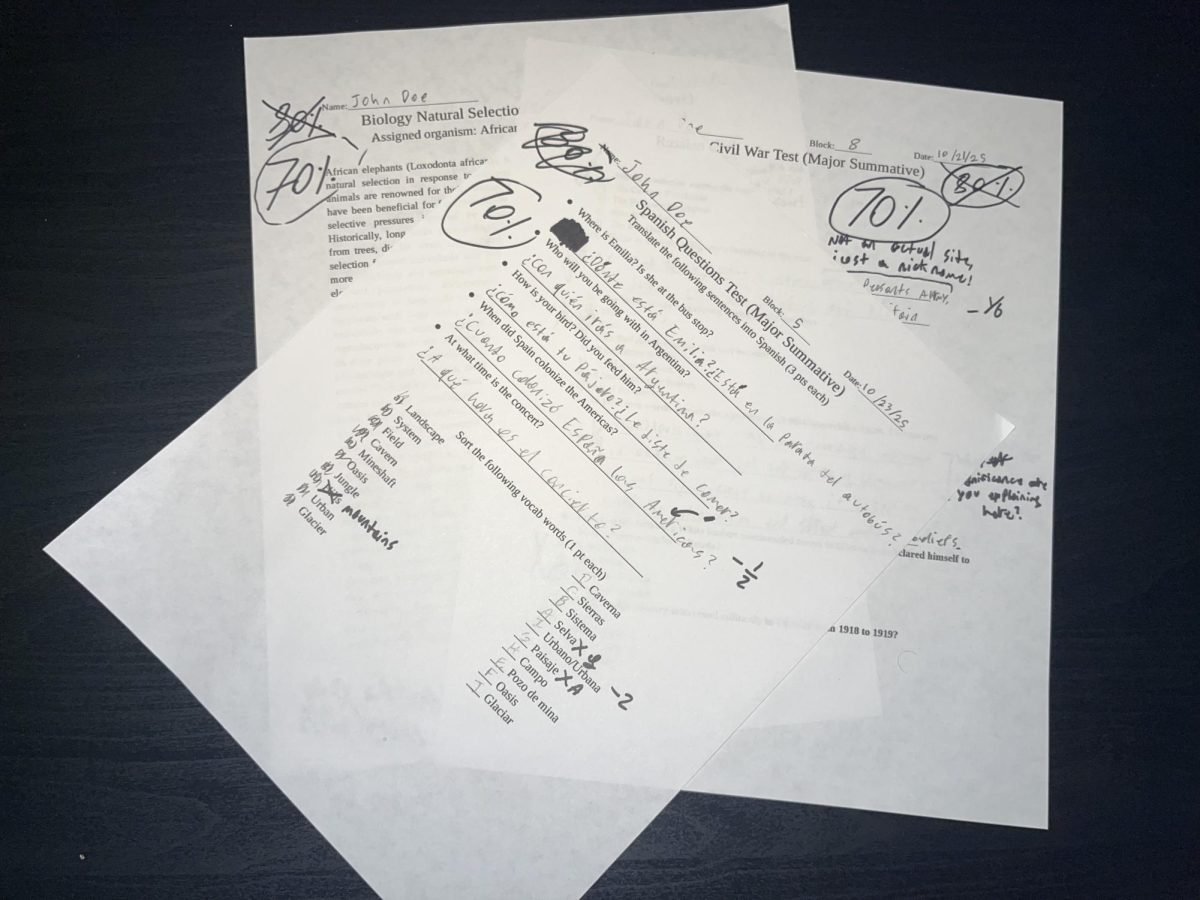

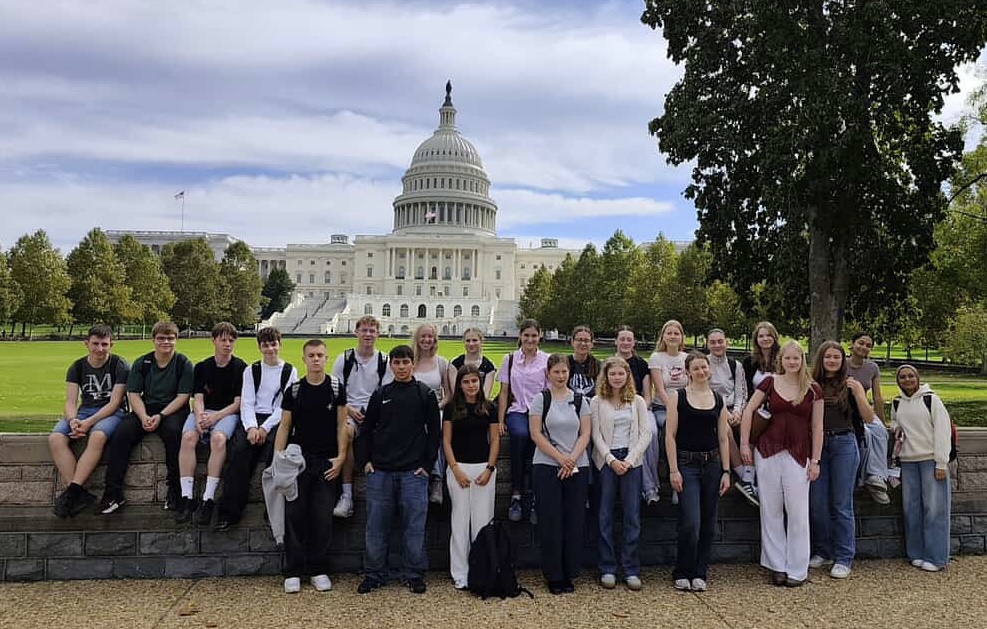
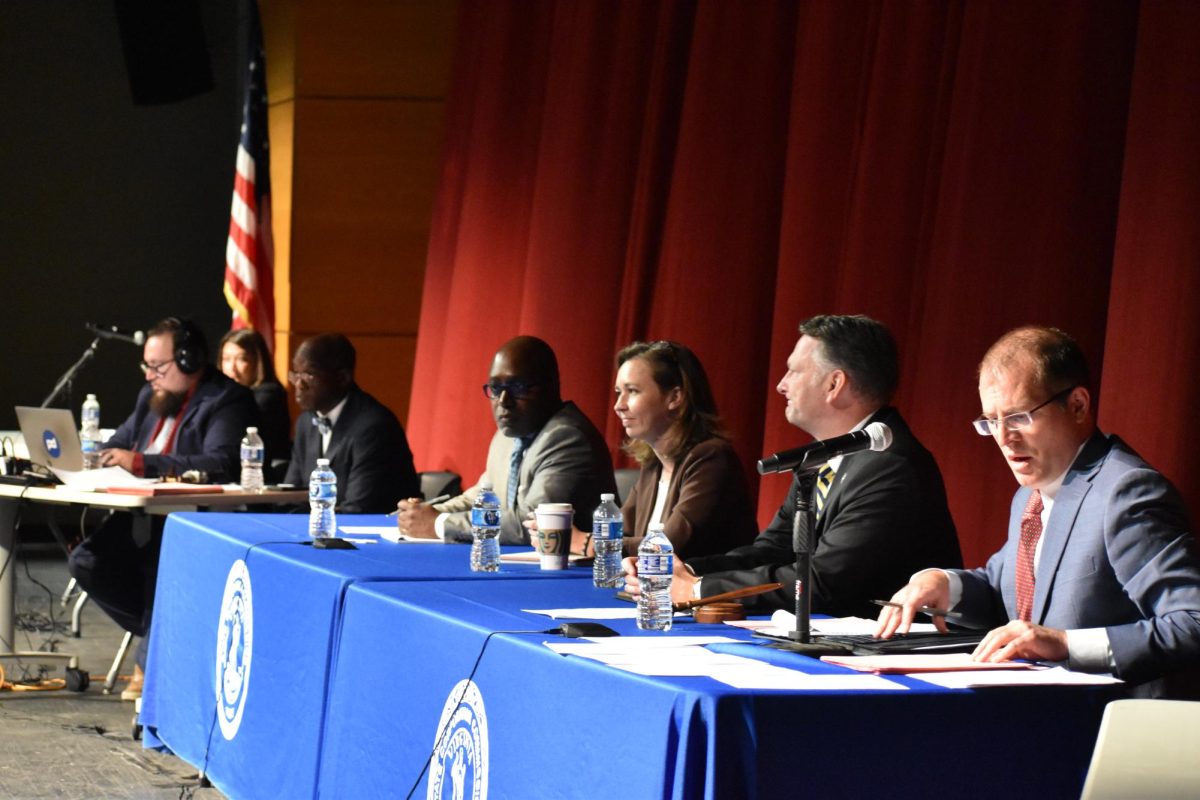



















![The Phoenix varsity volleyball team lines up for the national anthem. “We were more communicative [with each other] during this game, and I feel like we kept our energy up, especially after the first set,” senior Jessica Valdov said.](https://theblazerrhs.com/wp-content/uploads/2024/10/DSC_0202-1200x800.jpg)










![Junior Alex Alkhal pitches the ball. “[I] just let it go and keep practicing so we can focus on our goal for the next game to get better as a team,” Alkhal said.](https://theblazerrhs.com/wp-content/uploads/2025/05/DSC_0013-1-1200x929.jpg)







